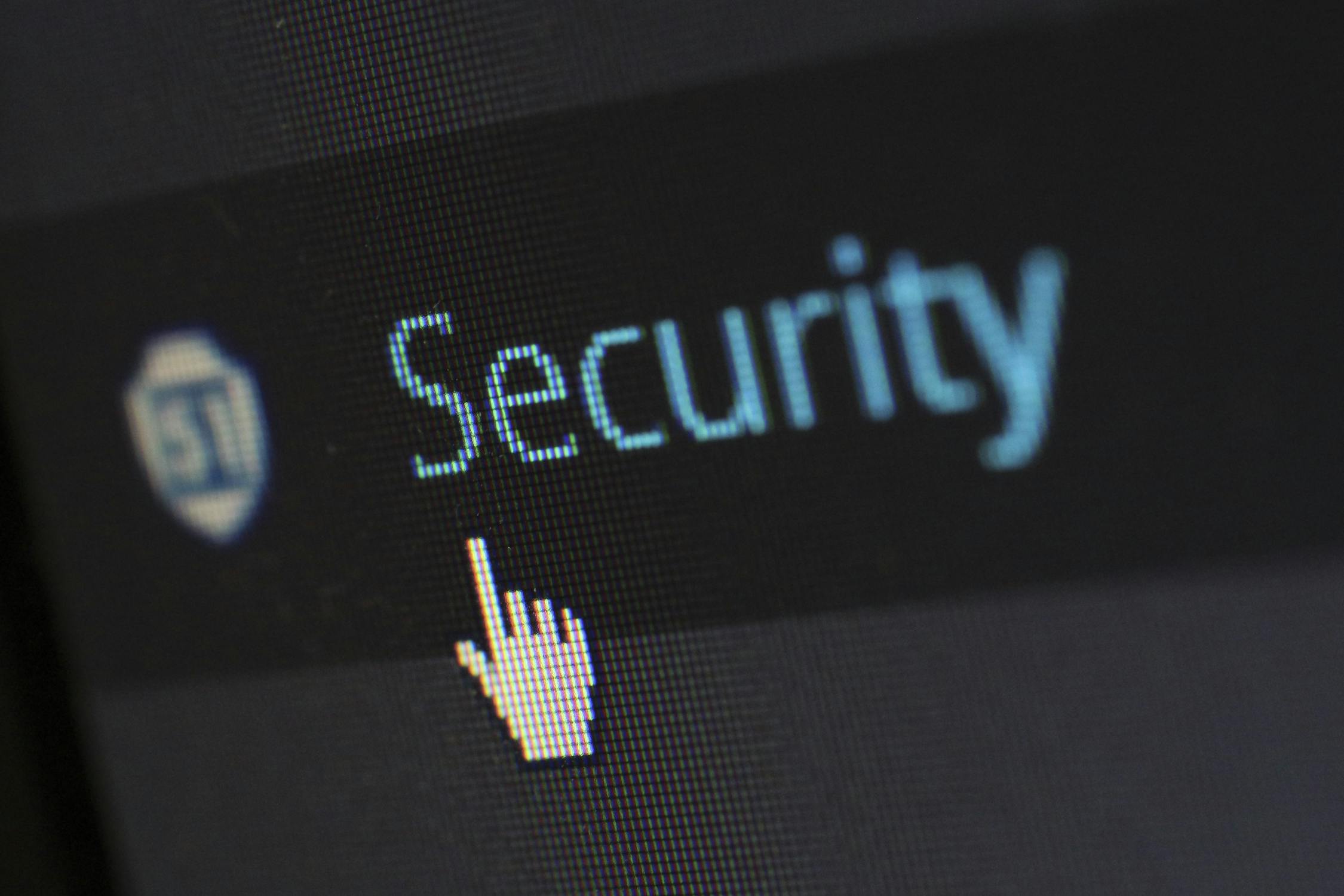Understanding Two-Factor Authentication and Its Importance
Two-factor authentication (2FA) is a security measure that adds an extra layer of protection to your online accounts, making it significantly harder for unauthorized users to gain access. As cyber threats grow more sophisticated, relying solely on a password has become insufficient. 2FA requires not just something you know, like a password, but also something you have or are, such as a physical device or biometric data. This dual requirement significantly reduces the chances of a breach, offering stronger security for sensitive information.

How Two-Factor Authentication Works
To confirm identity, two-factor authentication demands two distinct methods of verification. These factors typically fall into three categories: something you know (e.g., a password or PIN), something you have (e.g., a smartphone or hardware token), and something you are (e.g., fingerprint or facial recognition). When you log into an account with 2FA enabled, you first enter your password. Then, you're prompted to provide a second form of verification, such as entering a code sent to your phone.
Numerous banking applications enhance security through two-factor authentication (2FA), which involves dispatching a single-use code to the mobile number linked with the account. You need to enter this OTP in addition to your regular password to access your account. Similarly, some services allow the use of authenticator apps like Google Authenticator or Microsoft Authenticator, which generate time-sensitive codes that must be entered during the login process.
The Different Types of Two-Factor Authentication
There are several types of 2FA methods available today, each with its own strengths and weaknesses:
- SMS-based 2FA: A verification code is sent via text message to your registered phone number. While convenient, this method can be vulnerable if your phone number is hijacked through SIM swapping.
- Authenticator Apps: These apps generate time-sensitive codes that you must enter after logging in with your password. This method is generally more secure than SMS-based 2FA.
- Hardware Tokens:Devices like YubiKeys enhance security by creating one-time codes needed for authentication. These devices are often considered highly secure but can be lost or stolen.
- Biometric Verification: Fingerprints, facial recognition, or iris scans are used as the second factor. This method is extremely secure but may require special hardware like fingerprint scanners or cameras.
Table: Comparison of Different 2FA Methods
| Method | Security Level | Convenience | Common Risks |
|---|---|---|---|
| SMS-based | Moderate | High | SIM swapping attacks |
| Authenticator Apps | High | Moderate | Losing access to the app or device |
| Hardware Tokens | Very High | Low to Moderate | Losing the token device |
| Biometric Verification | Very High | High (if supported) | Spoofing attacks, hardware dependency |
The Importance of Implementing Two-Factor Authentication
The need for robust security measures has never been more critical. A report from Verizon found that 81% of hacking-related breaches leveraged stolen or weak passwords (verizon.com). With 2FA in place, even if someone manages to steal your password, they would still need the second factor (something much harder to obtain) to access your account.
This extra level of protection is particularly important for accounts that handle sensitive information, such as email and banking. Two-factor authentication strengthens cybersecurity defenses while also improving personal security. It can help prevent unauthorized access to corporate networks and sensitive customer data, thereby reducing the risk of costly data breaches.
Challenges and Limitations of Two-Factor Authentication
No security measure is without its challenges, and 2FA is no exception. One limitation is user inconvenience; some people find the extra step cumbersome and may disable 2FA out of frustration. Not all platforms support every type of 2FA method, some might only offer SMS-based verification, which could be less secure compared to other methods.
Another issue lies in recovery options if you lose access to your second factor (e.g., losing your phone). Some services offer backup codes or alternative verification methods in such cases, but these add another layer of complexity that users must manage responsibly.
The Future of Two-Factor Authentication and Enhancements in Security Measures
The future points toward more sophisticated multi-factor authentication (MFA) systems that go beyond two factors. Some organizations are already experimenting with three-factor authentication (3FA) involving biometric data combined with physical tokens and passwords. Advancements in AI and machine learning could soon make it possible to detect anomalies in user behavior as an additional form of authentication.
The push for better security will likely see more widespread adoption of hardware tokens and biometric methods as they become easier to use and more affordable for general consumers. Continuous improvements in cryptography will also enhance the reliability and security of these methods.
The importance of two-factor authentication cannot be overstated when it comes to securing your online presence. Whether you are focused on securing private information or shielding vital company data, the adoption of two-factor authentication greatly diminishes the chances of unauthorized entry.